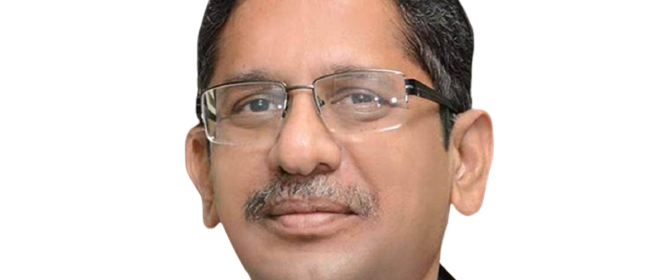CJI Ramana Emphasises On ADR Methods To Resolve Disputes Amicably, It Could Transform Legal Landscape

(Barq News Network)
Chief Justice N.V.Ramana on Saturday highlighted the importance of Alternative Dispute Resolution (ADR), which could change transform the judicial landscape.
An effective effort must be taken by Courts to make negotiation and mediation mandatory, as part of case management”. Said the Chief Justice of India NV Ramana on Saturday while speaking at the inaugural event of the two-day national conference on “Mediation and Information technology “in Gujarat.
In our country, due to obstacles in formal litigation, people hesitate to approach judicial forums. The concept of ADR, through Lok Adalats, Gram Nyayalayas, mediation and arbitration centres, has the potential to transform the legal landscape of India by providing millions of people a platform to settle their grievances. Imbibing effective ADR mechanisms into the judicial process can reduce pendency, save judicial resources and time, and allow litigants a degree of control over the dispute resolution process and its outcome. “The CJI said.
The CJI Spoke about the benefits of ADR and said that in our country, due to obstacles in formal litigation, people hesitate to approach judicial forums.
The concept of ADR, through Lok Adalats, Gram Nyayalayas, mediation and arbitration canters, has the potential to transform the legal landscape of India by providing millions of people a platform to settle their grievances.
Imbibing effective ADR mechanisms into the judicial process can reduce pendency, save judicial resources and time, and allow litigants a degree of control over the dispute resolution process and its outcome.
He further emphasised that Mediation is also increasingly gaining prominence in the international commercial sphere. Private mediations, which take place at the pre-litigation stage, are also becoming more prevalent in the country.
Most arbitration clauses in commercial contracts have a multi-tiered approach, where the first attempt to resolve the dispute between parties is through mediation or negotiation.
The CJI opined we need skilled mediators to decide some significant issues during the process of mediation. Particularly, in a situation where settlement is fully going in favour of a particular party. What is the duty of a mediator if the settlement reached is patently unjust to the weaker party? Should the mediator be a silent spectator during such negotiations?
These are just some of the questions which one must consider, particularly in a country like India with our diverse social fabric. The ideals of substantive equality must be reflected in the resolution process as well. This conference is necessary to resolve these types of issues. With adequate cooperation from all stakeholders, it has the ability to emerge as a tool of social justice in India.
Several States in India are currently coming to build a robust ADR-friendly environment.
CJI has stressed upon the need of ADR and said that these are just some of the questions which one must consider, particularly in a country like India with our diverse social fabric.
The ideals of substantive equality must be reflected in the resolution process as well. This conference is necessary to resolve these types of issues. With adequate cooperation from all stakeholders, it has the ability to emerge as a tool of social justice in India. Several States in India are currently coming to build a robust ADR-friendly environment.
CJI has also praised the rapid growth of technology and expressed his opinion that the rapid development of technology has resulted in increased complexity even within the legal and regulatory landscape of the country.
For instance, technological developments such as crypto currency, data protection, encryption and artificial intelligence have caused Courts and law enforcement agencies to engage with novel issues. With the passage of time, there is a possibility of increased litigation on these issues.
He said that these words are important for 21st Century, wherein, computing ability has increased by a billion times, while law regulating the same has not been able to catch up.
The last three decades have seen a massive increase in processing power, the explosion of data, significant reduction in data management costs and increased availability of sophisticated machinery and software.
CJI further said that Technology has the potential to simplify this process. Courts in India have started utilizing technology.
The E-Committees have taken up various initiatives such as developing E -filing, Computer Assisted Transcription, Document Display System and the integration of Courts under one IT Infrastructure.
Harnessing the modern technology, recently the Supreme Court has launched the “FASTER”, a digital platform for fast and secured delivery of urgent court orders in encrypted electronic format, to the stakeholders. This would ensure effective implementation of court orders, without any delay. Various High Courts have taken the transparency to a new level by way of livestreaming of the proceedings using the cost-effective technology. I am sure many more would like to emulate this model
